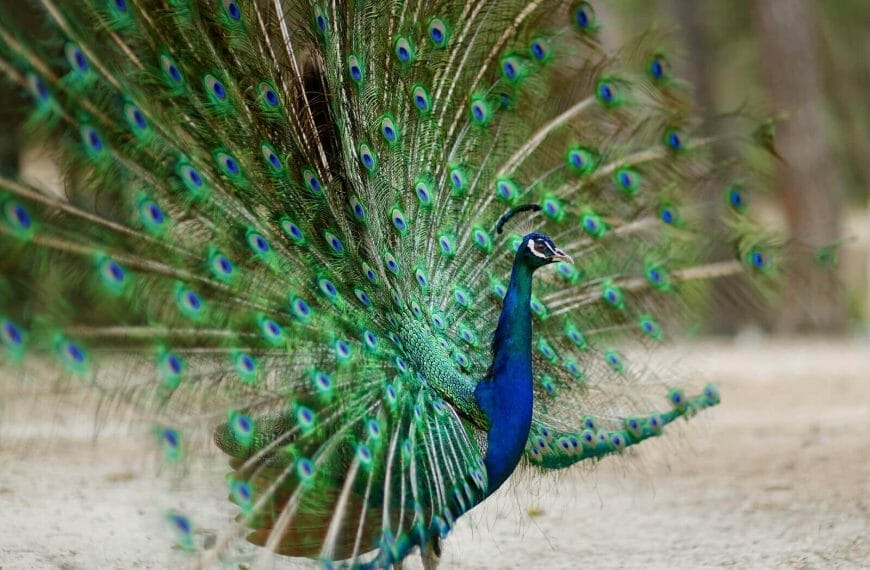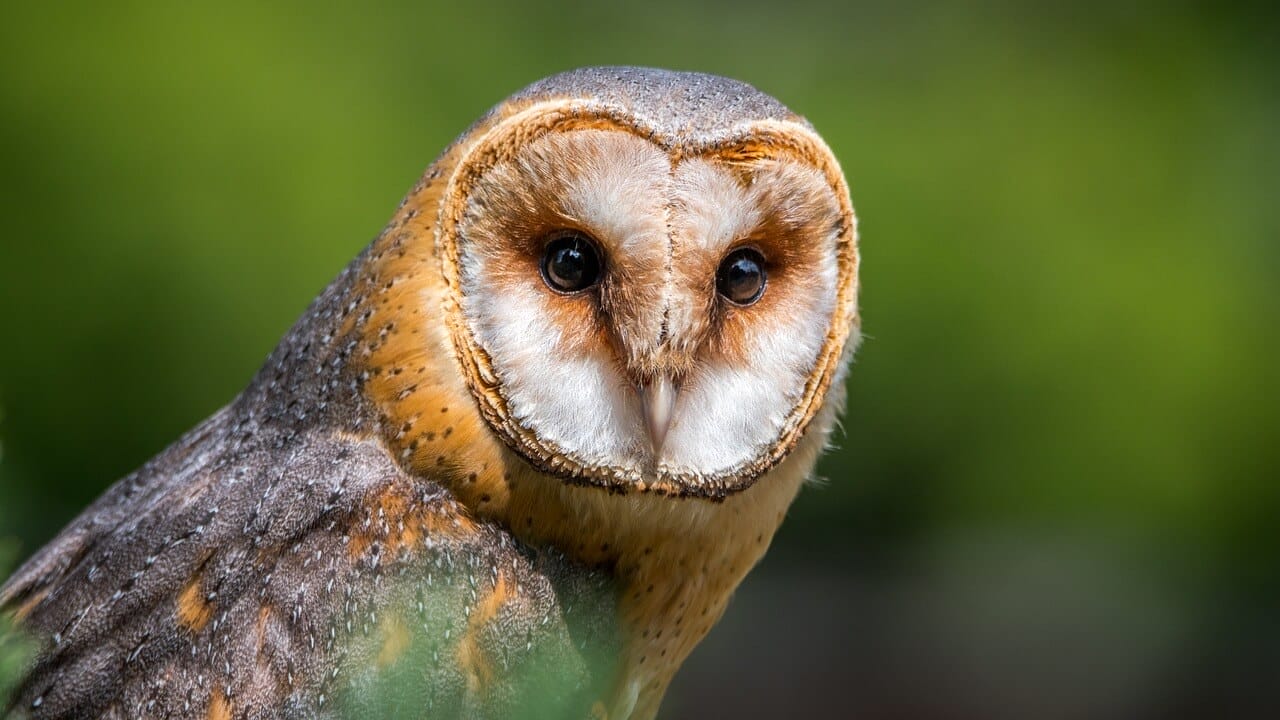Unlocking the enigma of avian flight, this article examines a unique facet: Can A pigeon fly without tail feathers?
By delving into the tail’s function in flight, analyzing reasons for feather loss, and exploring the regrowth process, we paint a comprehensive picture of avian flight dynamics.
Weaving together scientific research and expert insights, we bring to light the pivotal role of tail feathers, not just in pigeons, but across diverse bird species, offering readers an intimate understanding of this fascinating subject.
Key Takeaways
- Pigeons can fly without tail feathers, but it decreases their maneuverability and makes it harder for them to change directions quickly.
- Landing and taking off become more challenging for pigeons without tail feathers.
- Tail feathers play an important role in the flight of pigeons by serving as a rudder and brake.
- Pigeons can still fly without their tail feathers, but not for as long and they have a harder time keeping their balance.

Understanding the Anatomy of a Pigeon’s Tail
The anatomy of a pigeon’s tail is intricately tied to its flight capabilities. This underlines the importance of tail feathers in avian aerodynamics.
These feathers serve as control surfaces, influencing maneuverability, balance, and direction during flight.
A detailed analysis of these functions illuminates the challenges a pigeon might face when flying without tail feathers.
Related Article: How Far Can a Pigeon Fly Without Stopping?
Tail Feathers: Key to Flight
Understanding the intricate anatomy of a pigeon’s tail is crucial to appreciating the bird’s flight capabilities.
Particularly the role of tail feathers in maintaining balance and maneuverability.

The tail feathers serve as a rudder, enabling the bird to change direction mid-flight. Without tail feathers, a pigeon’s ability to fly is significantly compromised.
As such, tail feathers are pivotal for a pigeon’s flight balance and maneuverability.
Pigeons can still fly without tail feathers, albeit with reduced agility. Tail feathers grow back after pigeons lose them, restoring flight normality.
Despite the possibility of a pigeon flying without tail feathers, it is clear that these flight feathers play an indispensable role in the bird’s aerial navigation and stability.
Consequently, a pigeon without tail feathers faces a challenging existence, fraught with increased vulnerability.
Importance of Tail Feathers

An in-depth examination of a pigeon’s tail anatomy elucidates the critical role that tail feathers play in the bird’s ability to fly.
These feathers act as a rudder, aiding the pigeon in steering and maintaining balance mid-flight.
Without tail feathers, a pigeon’s ability to fly is significantly compromised. Their maneuverability is reduced, making takeoff, landing, and evading predators challenging.
While a pigeon without tail feathers can still manage to fly, it relies heavily on its wings for balance and steering.
Tail feathers, lost naturally or due to predation, will eventually grow back, restoring the bird’s full flight capabilities.
Thus, understanding the importance of tail feathers underscores their integral role in a pigeon’s ability to adeptly navigate the skies.
Function of Tail Feathers in Flight

Delving deeper into the anatomy of a pigeon’s tail, we find that the tail feathers serve multiple functions in flight, primarily contributing to balance and maneuverability.
A pigeon can fly without their tail, but the lack of tail feathers significantly impacts their ability to steer, akin to a ship navigating the sea without a rudder.
- When a pigeon loses its tail feathers, it experiences difficulties in maneuvering. This could lead to it straying from its flock, unable to keep up or fly away from potential danger.
- The tail acts as a rudder, a pivotal tool in determining the direction and speed of flight.
- Without a tail, the pigeon’s balance is compromised, making it challenging to maintain a steady flight.
The Role of a Pigeon’s Tail in Flight
The role of a pigeon’s tail in flight is paramount, as the 3 to 4 inches long tail feathers serve as both a rudder and brake, providing much-needed balance and maneuverability during flight.
The Pigeons’s tail feather is 3 to 4 inches long and serve as both a rudder and brake
When these feathers are lost, pigeons without tail feathers face difficulties to fly properly. The long tail aids the bird to keep its balance, enabling it to steer and stop efficiently.
Despite these challenges, can pigeons fly without tail feathers? Discovering the mystery reveals that while it is possible, the loss significantly hampers their aerial abilities.
Pigeons Without Tail Feathers
In examining the possibility of pigeons flying without tail feathers, it is crucial to consider the effects on their flight dynamics and how they adapt to this change.
The loss of tail feathers, acting as rudders and brakes in flight, can significantly affect the bird’s maneuverability and stability.
This section will further explore these aspects in the context of flight adaptation, aiming to achieve a comprehensive understanding of the implications of tail feather loss in pigeons.
Can A Pigeon Fly Without Tail Feathers?
Yes, a pigeon can fly without tail feathers, drawing upon extensive avian research.
We can firmly establish that pigeons, despite the significant hindrance, are capable of taking to the skies even without their tail feathers.
This matter is especially pertinent when considering the wood pigeon, a species known to frequently lose tail feathers.
The tail feathers actually play a critical role in maintaining balance and direction during flight, and a pigeon losing these feathers could experience difficulty with these aspects.
However, even when a pigeon has lost its tail, it could fly, albeit with less agility and precision.
The awe-inspiring resilience of these birds, continuing to soar even when missing tail feathers.
Effects of Missing Tail Feathers on Flight
Without their tail feathers, pigeons experience a noticeable impact on their flight stability and maneuverability.
The loss of these feathers, which often occurs during a natural process called molting, significantly affects their ability to fly in a controlled manner.
Tail feathers act as a rudder for these avian creatures, helping them stay upright and change directions mid-air.
During the molting period, when feathers are missing, pigeons tend to struggle with maintaining balance and direction, revealing the profound effects of missing tail feathers on flight.
Although they can still fly to some extent without tail feathers, the quality and control of their flight are significantly compromised.
The loss of tail feathers thus presents a considerable challenge for these birds during their molt phase.
How Pigeons Adapt to Flying Without Tail Feathers
Pigeon flight adaptation, particularly in those without tail feathers, involves a significant reliance on wing muscles for maintaining stability and direction.
When outside, pigeons often lose their tail feathers due to environmental hazards or predators.
Yet, despite this handicap, these birds adapt and learn to fly perfectly well, albeit slightly clumsier than their fully-feathered counterparts.
Pigeons compensate for the loss of tail feathers by improving their wing strength and muscle coordination. They exhibit a unique resilience, transforming into soaring birds against all odds.
Observing a pigeon without tail feathers is akin to finding a mouthful of feathers; initially shocking, eventually awe-inspiring.
This adaptation process underscores their tenacity and survival instincts, a testament to the remarkable resilience of these city dwellers.
How Does a Pigeon Adapt to Losing its Tail?
In their remarkable ability to adapt, pigeons develop strategies to compensate for the loss of their tail feathers. The loss might occur due to several reasons, such as molting, injury, or predation.
As an older thread within the bird’s survival instinct, the pigeon adapts to fly without tail feathers by adjusting its flight pattern and relying more on its wings for balance and control.
Simultaneously, the biological processes initiate the growth of new tail feathers. Depending on the bird’s overall health, it typically takes several weeks for the tail feathers to grow back.
This seamless transition, even when facing adversity, highlights the resilience of pigeons. However, it’s essential to note that once Javascript is disabled, their ability to adapt may be hindered.
Will Lack of Tail Feathers Impede a Pigeon’s Flight?
Losing tail feathers significantly impacts a pigeon’s ability to maneuver and maintain stability during flight.
This lack of tail feathers can hinder necessary directional changes and impede a pigeon’s flight to some extent.
However, pigeons adapt quite well without their tail feathers and can still manage to fly, albeit not as efficiently.
The tail feathers that were lost will eventually grow back, typically within six weeks. During this period, the pigeon may have a better experience flying as it builds strength in other muscles.
This adaptation can also help the pigeon in future loss of tail feathers.
The Tail Feather Regrowth Process
The regrowth of tail feathers in pigeons is a complex process influenced by numerous factors.
This process, which generally takes about six weeks, is contingent on elements such as breed, age, and overall health.
An in-depth analysis of these variables provides a comprehensive understanding of the mechanisms underpinning the regeneration of tail feathers in these birds.
Can Pigeons Regrow Tail Feathers?
Remarkably, all lost tail feathers will eventually regrow, a process that takes approximately six weeks to complete for a pigeon.
During this time, the new feathers often appear stubby, akin to a sparrow’s tail, and the bird may seem uncomfortable, frequently adjusting in their cage.
- This process, known as moulting, is a natural cycle that woodpigeons share with their city-dwelling counterparts.
- If the feather loss is due to trauma, a visit to the vet is advised, especially if the pigeon is prey to a hawk or other predators.
- It’s essential to provide a safe, stress-free environment as they’ll need ample energy to regrow their tail feathers.
How Long Does it Take for Tail Feathers to Grow Back?
After a pigeon loses its tail feathers, it typically takes about six weeks for the new ones to grow back fully.
The rest of us might take for granted the time it takes for this regrowth process, yet it is a complex, intricate procedure that speaks volumes about the resilience of these birds.
Let’s consider a song sparrow making its way back to my house.
This creature shares a similar journey with a pigeon, slowly regrowing its feathers, often while perched on a chimney, carefully avoiding the prowling crows.
Now, before proceeding, let’s remember to review similar posts in our browsers.
Here’s the beauty of it: this process mirrors the regrowth of feathers in many bird species, a testament to their durability and adaptability.
Factors Affecting Tail Feather Regrowth
In considering the six-week period it takes for a pigeon’s tail feathers to fully regrow, various factors come into play that can influence this process.
Just as it’s important to understand that pigeons can indeed fly without tail feathers, albeit with decreased maneuverability, it’s equally essential to delve into the conditions that affect tail feather regrowth.
- Health Status: Diseases, malnutrition, or parasitic infestations can delay or hinder the regrowth process.
- Age: Younger pigeons often have a faster regrowth rate compared to their older counterparts.
- Environmental Stressors: Unfavorable conditions such as extreme temperatures, pollution, or lack of proper habitat can negatively impact feather regrowth.
These elements intertwine, highlighting the intricate balance of nature and the resilience of these creatures in the face of adversity.
Exploring the Wood Pigeon: A Tailless Pigeon
One prominent example of a tailless pigeon is the Wood Pigeon, a species that has adapted to flying without the full benefit of tail feathers.
Despite this apparent handicap, the Wood Pigeon has developed unique flight patterns that still allow for effective navigation and escape from predators.
Detailed observations reveal that the Wood Pigeon compensates for its lack of tail feathers by incorporating more body movements into its flight, such as tilting and banking.
This intriguing adaptation is a testament to the bird’s resilience and ability to survive under different conditions.
However, this lack of tail feathers does lead to reduced agility and precision in flight, which could potentially increase vulnerability to predation.
This observation highlights the critical role of tail feathers in avian locomotion.
Conclusion
The Wood Pigeon’s unique adaptation to flying without tail feathers underscores the immense resilience of these birds, albeit at a cost to their flight agility and precision. Through an in-depth analysis, we discern three key findings:
- Pigeons can indeed fly without tail feathers, a testament to their survival instincts and adaptability.
- The loss of tail feathers significantly impairs their flight stability and maneuverability, making them more vulnerable.
- The regrowth of feathers, which takes approximately six weeks, is a natural, non-painful process, reflecting their inherent regenerative abilities.
These insights not only unravel the mystery of a tailless pigeon’s flight but also evoke admiration for their resilience. We comprehend that while pigeons can bear the absence of tail feathers, their optimal existence is intricately linked to these seemingly insignificant appendages.
Frequently Asked Questions
Can A Pigeon Fly Without Its Tail Feathers For An Extended Period?
Yes, pigeons can still fly even without their tail feathers. However, their flight might be momentarily affected until the feathers grow back.
How Long Does It Take For A Pigeon’s Tail Feathers To Grow Back?
On average, it takes around 6 weeks for a pigeon’s tail feathers to fully grow back after molting or loss.
Do Pigeons Lose Their Tail Feathers Frequently?
Pigeons undergo a molting process where old feathers shed and new ones grow. This occurs annually, leading to the replacement of old, worn-out feathers with new ones.
During this period, pigeons may temporarily lose their tail feathers.
Will A Pigeon’s Tail Feathers Grow Back?
One of the most intriguing questions regarding pigeons and their tail feathers is whether they will grow back once lost.
The good news is that pigeons have the remarkable ability to regrow their tail feathers.
When a pigeon loses its tail feathers due to natural molting or predator attack, its body initiates the regrowth process.
New feather shafts begin to form, gradually developing into fully-grown feathers. This regrowth process typically takes around 6 weeks for the feathers to reach their full length.
Can Pigeons Fly Without Tail Feathers?
While tail feathers play a crucial role in a pigeon’s flight, it is indeed possible for them to fly without these feathers.
The absence of tail feathers can temporarily disrupt a pigeon’s flight pattern and stability.
The bird may experience challenges in controlling its movements and making precise maneuvers.
Despite these temporary setbacks, pigeons are remarkably adaptive creatures that can make adjustments in wing movements and body posture to compensate for the lack of stability caused by the missing feathers.
Why Do Pigeons Lose Their Feathers?
Pigeons, like many other birds, undergo a molting process where old feathers shed and new ones grow.
This annual molt leads to the replacement of old, worn-out feathers with new ones. During this period, pigeons may temporarily lose their tail feathers.
Pigeon feathers are not immune to damage from predators or other accidents.
If a pigeon encounters a predator attack or an unfortunate incident, it may lose its tail feathers. However, the regrowth process allows the bird to replace these feathers and continue its flight.
What Happens If a Pigeon Loses Its Tail Feathers?
When a pigeon loses its tail feathers, it may experience temporary challenges in flight.
The bird may have difficulty maintaining stability and maneuverability without the support of its tail feathers.
However, pigeons have developed mechanisms to adapt to such situations.
They rely on their wings and make adjustments in wing movements and body posture to compensate for the lack of stability caused by the missing tail feathers.
With time, as the regrowth process occurs and the feathers grow back, the bird’s flight ability and overall balance are restored.
Can a Pigeon Survive Without Tail Feathers?
A pigeon can indeed survive without its tail feathers. Although the absence of tail feathers may initially affect a pigeon’s flight.
These birds are remarkably adaptive and resilient.
They can make the necessary adjustments in wing movements and body posture to compensate for the lack of stability caused by the missing feathers.
The regrowth process of tail feathers allows pigeons to restore their flight ability and overall balance.
And while losing tail feathers may pose temporary challenges, pigeons can ultimately adapt and thrive without them.


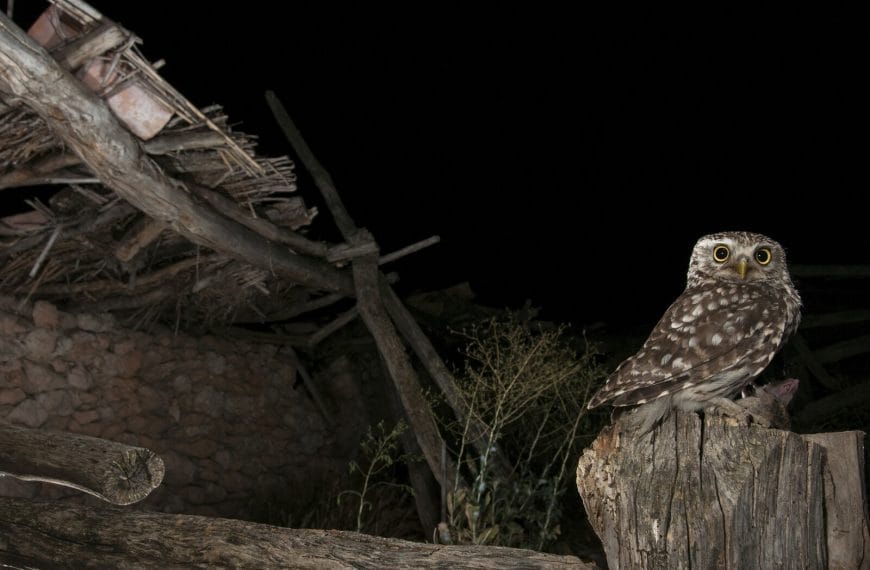



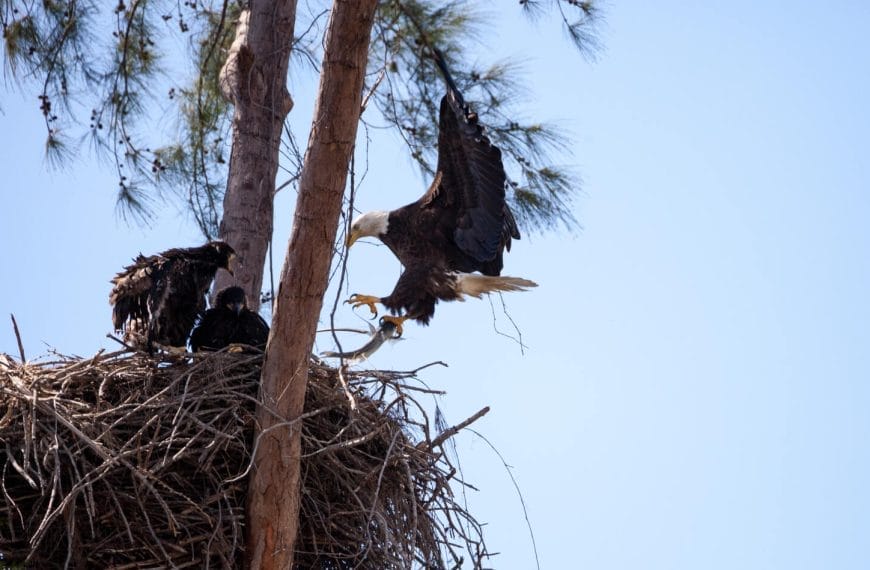









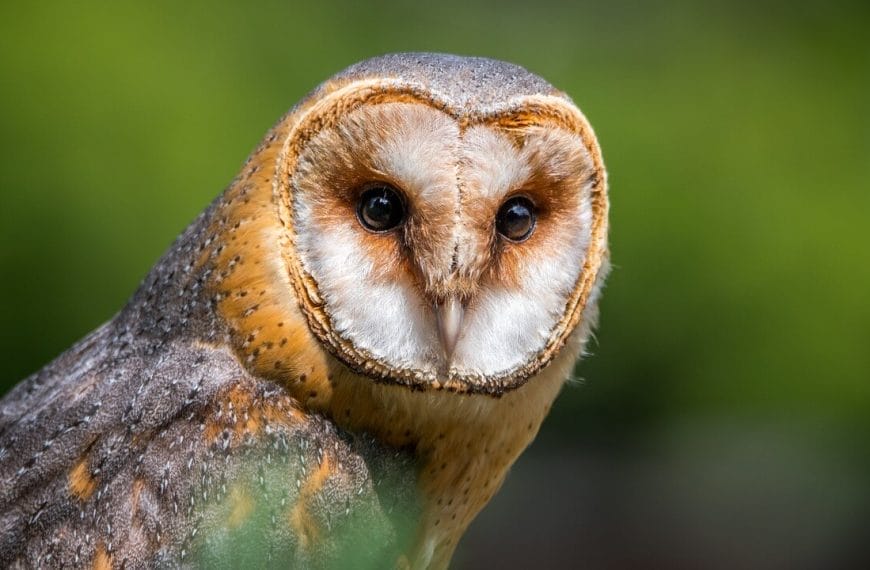
![How to Attract Ravens to Your Yard: The [Complete] Guide to Attracting these Beautiful Birds to your Backyard](https://ekz2dfuukk8.exactdn.com/storage/2023/10/How-to-Attract-Ravens-to-Your-Yard-870x570.jpg?strip=all&lossy=1&ssl=1)




